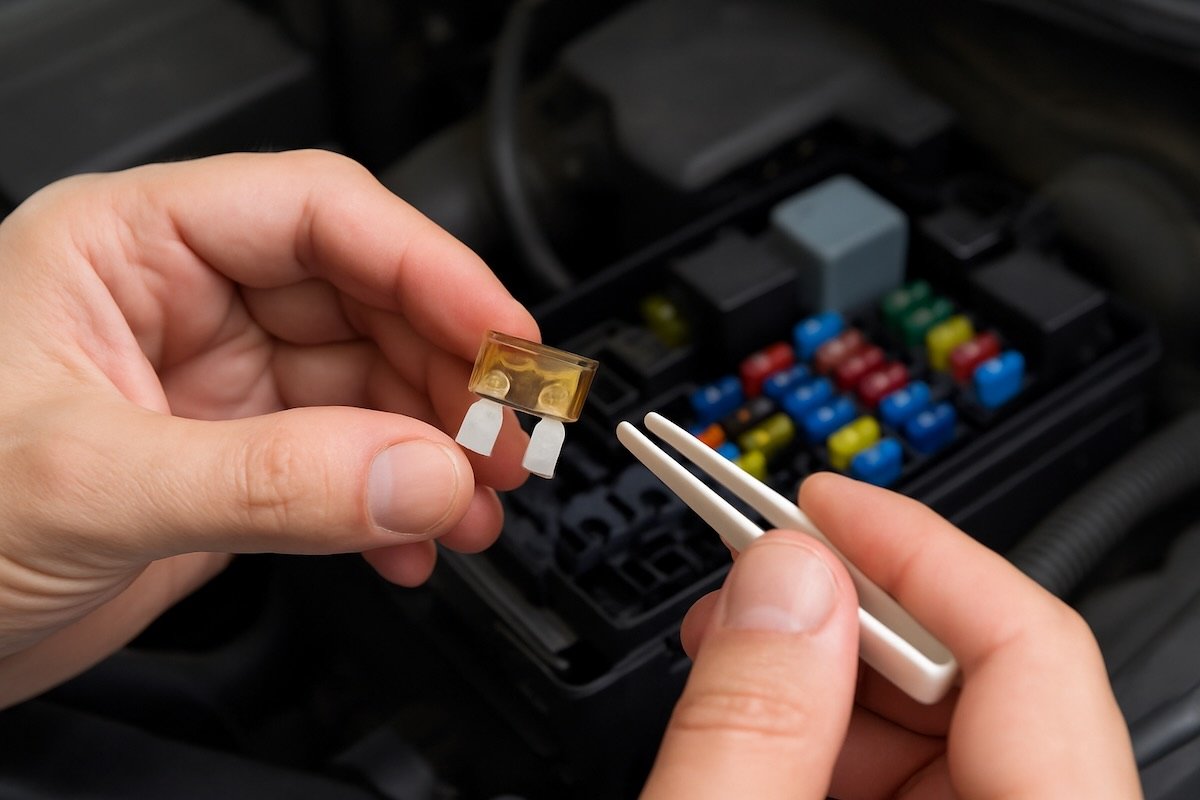How Do I Tell if a Car Fuse Is Blown?
When your car's electronics suddenly stop working — think power windows, radio, or headlights — a blown fuse is often the culprit. Luckily, checking and replacing a car fuse is one of the simplest DIY fixes a car owner can handle. In this guide, we’ll explain how to tell if a fuse is blown and what to do about it.
🔧 What Does a Car Fuse Do?
A car fuse is a small safety device that protects your car's electrical circuits. When too much current flows through a circuit, the fuse "blows," breaking the circuit and preventing damage to more expensive components like wiring or control modules.
🚨 Common Signs of a Blown Fuse
If you're not sure what a blown fuse looks like in action, here are some classic symptoms:
One specific electronic function stops working (e.g., only your radio or power locks stop responding)
No power to an accessory even after turning the car on
Dashboard warning lights or error messages in modern vehicles
Sparks or electrical burning smell (in more severe cases)
💡 Pro Tip: If multiple electrical systems fail at once, it might be a larger issue — such as a blown relay or faulty alternator — not just a fuse.
🛠️ How to Check if a Car Fuse Is Blown
Follow these steps to safely check your car’s fuses:
1. Locate the Fuse Box
Most vehicles have at least two fuse boxes:
One under the dashboard (usually near the driver’s side)
One in the engine compartment
Your owner’s manual will show exact locations and label what each fuse controls.
2. Turn Off the Car
To prevent electrical shock or damage, always turn off the ignition and remove the key before inspecting fuses.
3. Use a Fuse Puller or Tweezers
Pull the suspect fuse straight out using a fuse puller (often included in the fuse box) or a pair of plastic tweezers.
4. Inspect the Fuse Visually
Most car fuses are transparent, with a thin metal strip inside. If the metal strip is broken, melted, or charred, the fuse is blown.
Not sure? Use a multimeter:
Set it to continuity mode.
Touch the probes to the metal contacts on the fuse.
No beep or zero reading = blown fuse.
🔄 What to Do If a Fuse Is Blown
Replace it with a fuse of the same amperage rating. This is crucial. Using a fuse with the wrong rating can cause serious electrical damage or fire.
If the new fuse blows again, there’s likely a short or deeper electrical issue that needs professional attention.
✅ Final Tips
Keep spare fuses in your glove box — they're cheap and easy to store.
Label replacement fuses to avoid confusion later.
If your fuse blows repeatedly, stop replacing it and see a mechanic — repeated failures signal a deeper electrical fault.
Conclusion:
A blown fuse is a quick fix — if you know what to look for. With a little know-how, you can spot the signs, confirm the issue, and safely replace the fuse without needing to visit a mechanic. Just be sure to use the correct amperage and stay alert for recurring problems that might need professional help.


